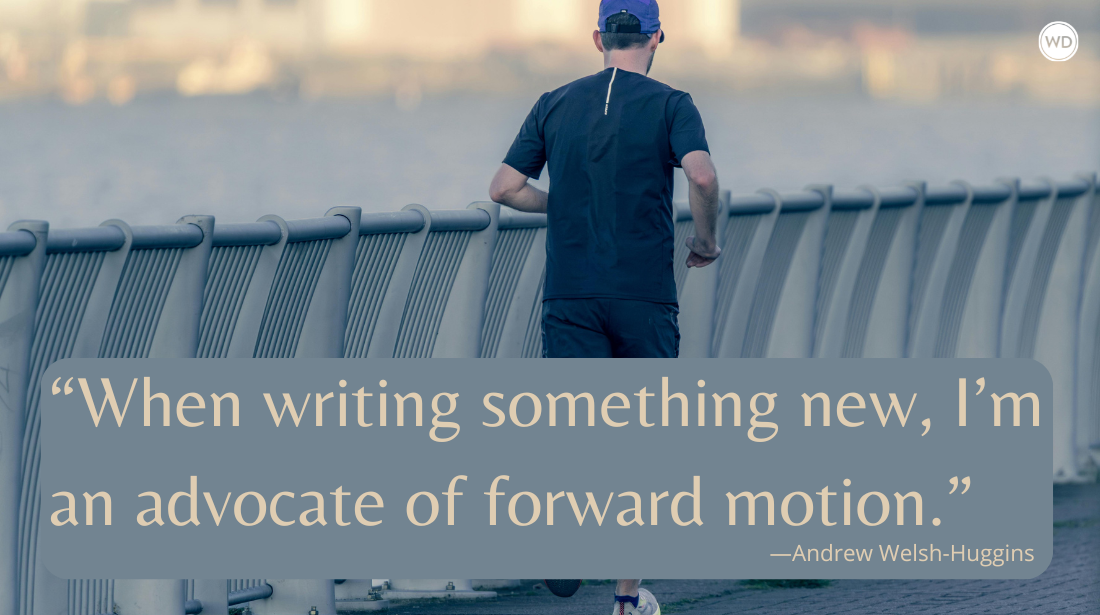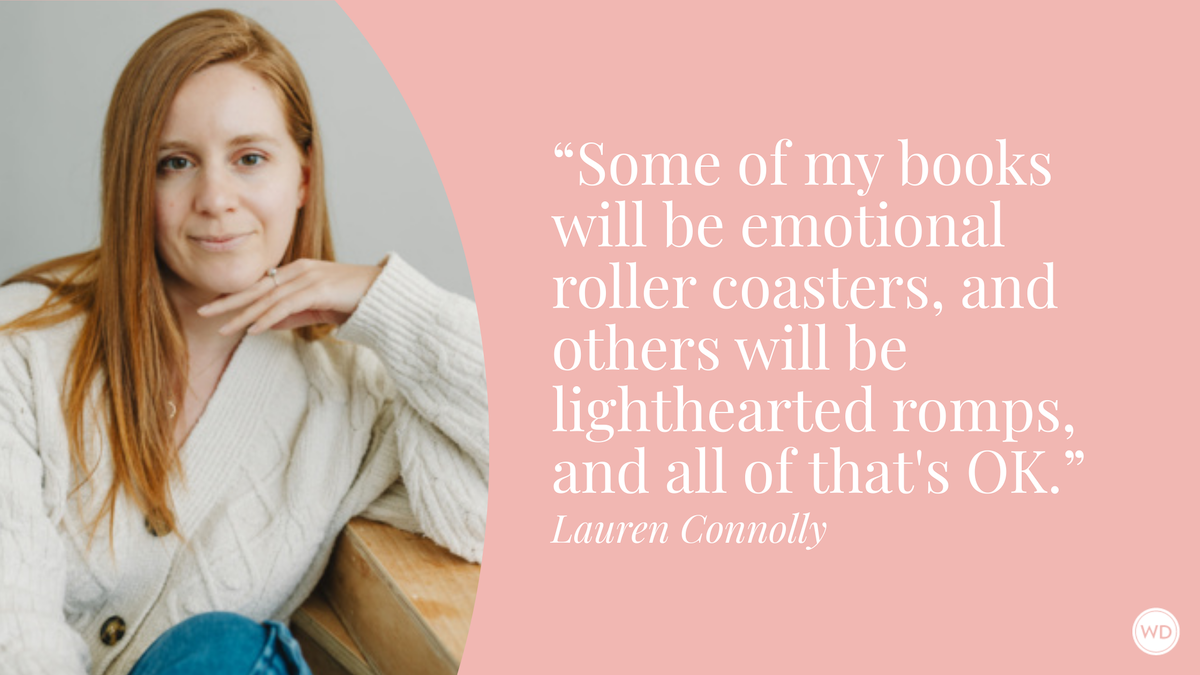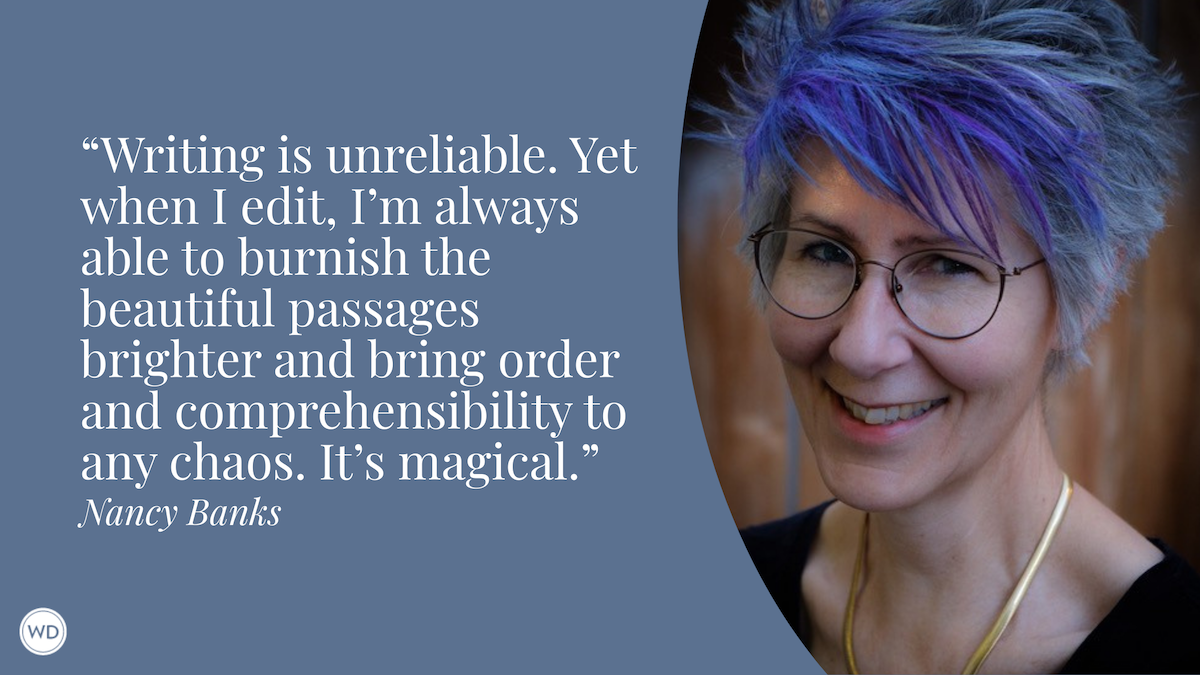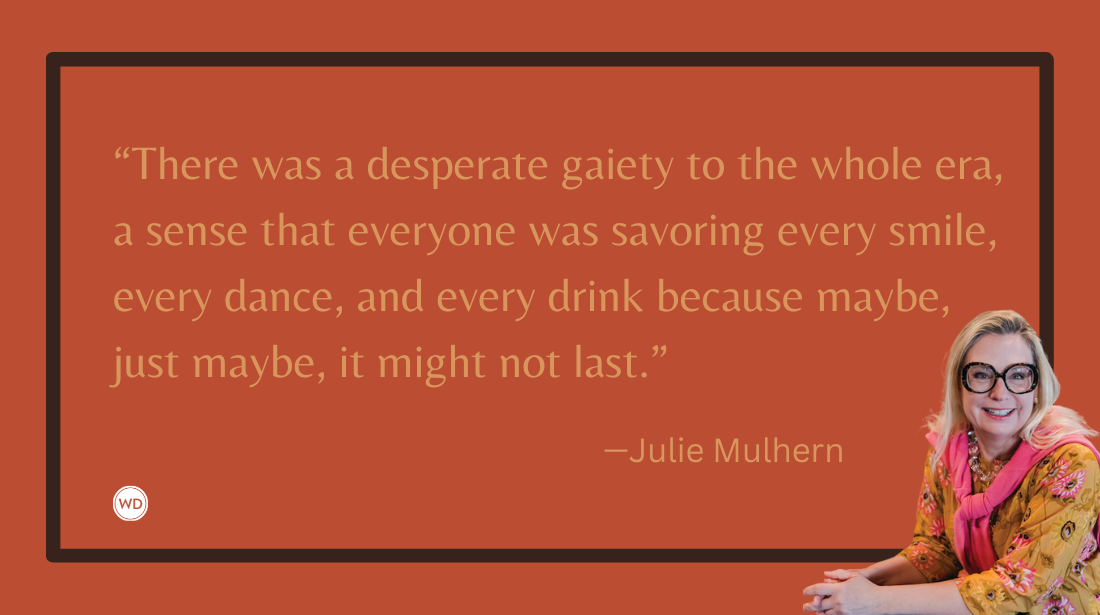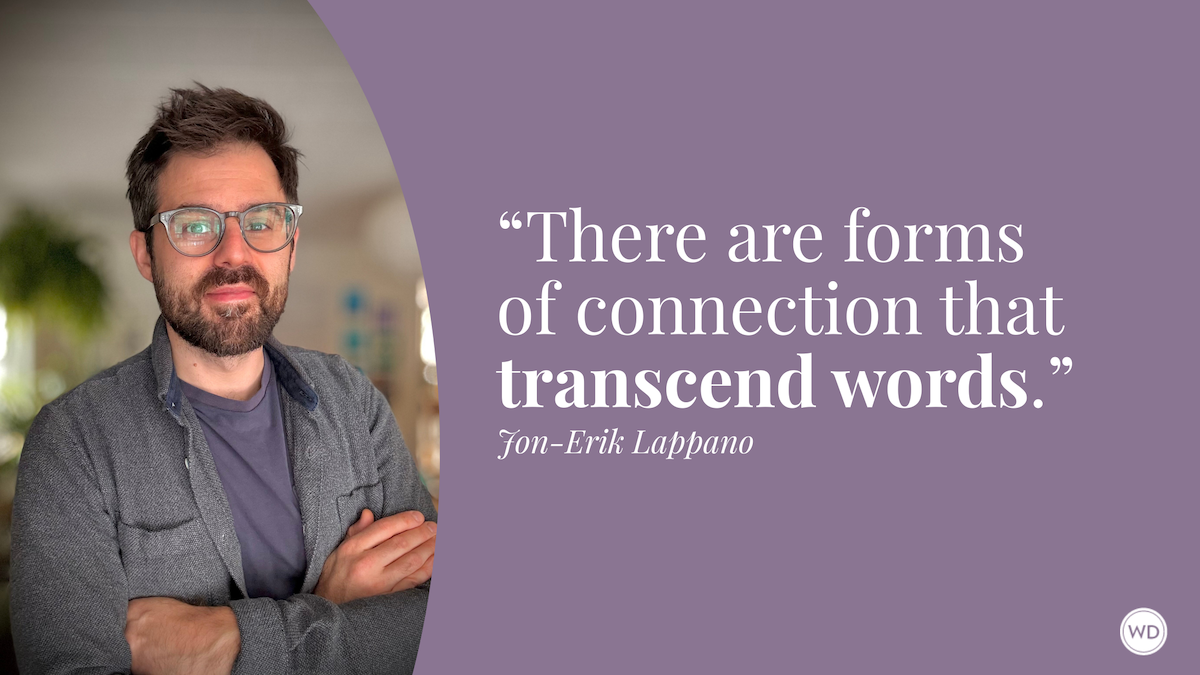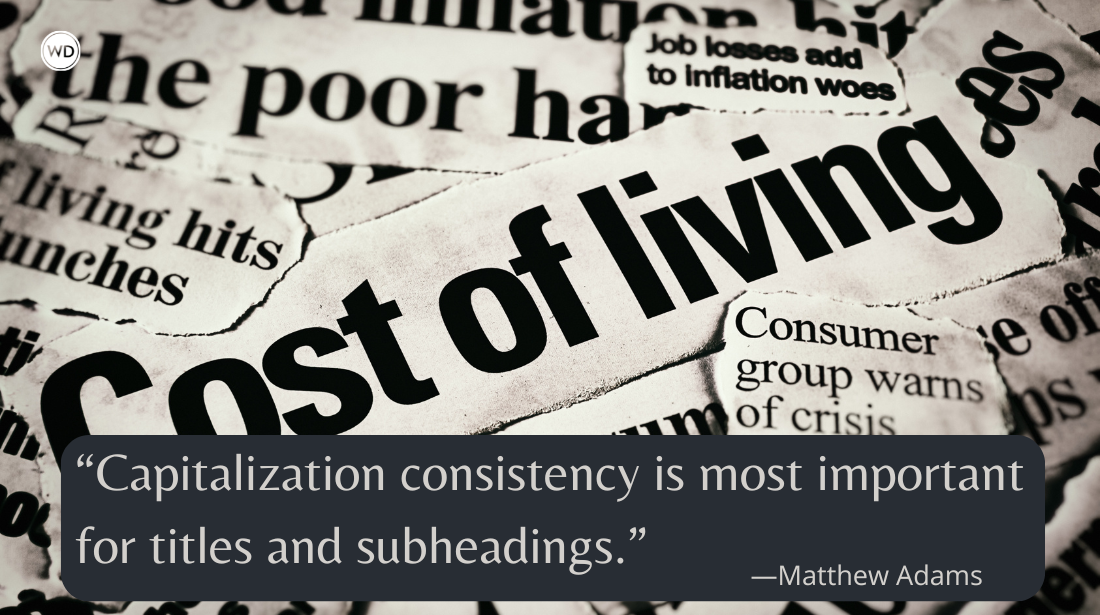Script Classics: Conflict at the Core—Four Types of Conflict
Conflict is what drives a story. Without opposition, the story becomes lifeless. Learn the four types of conflict and how to effectively use them in your next screenplay.
It goes by a variety of names—clash, quarrel or discord—and can take innumerable forms: a fierce dragon battle, verbally sparring with the opposite sex, or simply uncovering a mystery. Described and designed in whatever fashion the imagination can divine, conflict is at the heart of every great screenplay. Conflict is what drives the narrative and without it a tale may exist, but there will be nothing exciting to tell—drama rises out of conflict.
A script is always about a protagonist with a problem. The key words are motivation, opposition and goal. The protagonist is motivated to overcome his problem and/or achieve some goal. On this quest there should always be opposition—without it, the story becomes lifeless. The opposing force created, the conflict within the story generally comes in four basic types: Conflict with the self, Conflict with others, Conflict with the environment and Conflict with the supernatural.
Conflict with the self, the internal battle a lead character has within, is often the most powerful. To be one's own antagonist is of great distress to most and can result in incredible storytelling if done correctly. In Star Wars: Episode III—Revenge of The Sith, fans finally got to see Anakin Skywalker succumb to his dark side and become Darth Vader. Conflict with the self has always been featured in the Star Wars canon. Like his father, Luke struggles with his identity and destiny.
Oscar®-winner American Beauty brilliantly employed conflict with the self. Kevin Spacey's Lester Burnham is suffering from a mid-life crisis and must find a way out of his depression in order to discover who he really is and mend his relationships.
Going mano a mano may seem a little boring, but when a superbly drawn protagonist and antagonist are pitted against one another it can be highly entertaining. Romantic comedies almost always employ this technique: WhenHarry Met Sally, Annie Hall, As Good As It Gets, Hitch—each has the love interests wrestling each other.
Conflict with the environment is not limited to physical landscape. Environment encompasses society and every aspect of it. In 2005 a number of film releases featured society as a major oppositional force. In Cinderella Man, boxer James Braddock is at the mercy of his Depression-era unlucky circumstances. In Sundance Film Festival favorite Hustle & Flow, DJay struggles with his role in society as just a low-life pimp. He hopes to elevate himself through his musical talent by becoming a rapper. Pride & Prejudice centers on the injustice of the ruling class system and how it makes falling in love not just a matter of the heart, but of how deep an individual’s pocket or purse strings reaches.
The documentary March of The Penguins represents a strong use of conflict with the natural world. The Emperor penguins must travel a great distance if they wish to procreate. Even after they have successfully mated, the father penguin must protect the delicate egg without the mother. If luck prevails and the egg actually hatches, the father is left with a baby who needs protection from the unforgiving frozen arctic terrain.
In an age where special effect technology allows for limitless filmic expression, conflict with the supernatural has become quite popular. The world of the unknown is always titillating. The realm of the supernatural embraces all menacing meanies; the dinosaurs of Jurassic Park, King Kong, ghosts—each fit the supernatural profile. Look directly to the highly successful Lord of The Rings trilogy for a terrific example of conflict with the supernatural. Frodo and the Fellowship of the Ring are fighting a ring, a powerful ring hungry to return to its evil owner, Sauron, who isn't really alive, or dead, but a frightening entity.
Writers can concentrate on one, two or all four conflict types. Steven Spielberg’s Jaws is a fine case of utilizing all four conflict types. The initial conflict is with the shark. Spielberg’s clever technique of not revealing the actual shark until the last reel of the movie makes the creature an almost paranormal predator (conflict with the supernatural). As the story progresses and the shark attacks mount up, a call to action becomes necessary. Sheriff Brody, enlisted to lead the charge to eliminate the shark, must grapple with his own fear of the water (conflict with the self). Big tourist location that it is, the town of Amity Island fights with Brody to not close the beaches during the busy holiday season (conflict with the environment/society).
Now that the four types have been outlined, the question remains how to successfully weave conflict into the script. This can be accomplished through character and setting, to give two illustrations.
The medium of movies has produced some of the greatest villains in popular culture: Darth Vader, The Wicked Witch of the West, Freddy Krueger, Norman Bates, Hannibal Lecter, and even the Nazis from the Indiana Jones trilogy. Creating a living, breathing antagonist to butt heads with the hero is an easy way to invoke conflict. There can be one main antagonist or multiple characters causing trouble. In Quentin Tarantino's Kill Bill series, The Bride didn’t just go up against nasty Bill; she has the Deadly Viper Assassination Squad to smack down, too.
Physical space can be converted into an aggressive element in a screenplay. A classic in the Jerry Bruckheimer oeuvre, 1996's The Rock features a chemical weapons expert played by Nicolas Cage teaming up with ex-convict Sean Connery to break into, and then out of, Alcatraz. The prison itself, plus the fact that it is located on a remote island, creates obstacles for the heroes. Physical spaces in the prison, like the boiler room, laundry room and still-operational jail cells, all become sources of conflict.
When looking for the next big idea why not brainstorm first for some kind of conflict? Write it down in one sentence. For example: A police officer has to catch a serial killer. Try to focus on this specific conflict and build outward—create the characters, give them something to say, pick a setting, and of course, keep that conflict coming scene after scene after scene.
*****
Need more tips on elevating your story? Register for Screenwriters Unversity's on-demand course, Creating Authentic Emotional Conflict
Karen Ann Lefkowitz received her master's degree in communication management from the University of Southern California and works at UCLA's School of Theater, Film and Television. As a freelance writer, she has written art and entertainment pieces for print and online publications.




